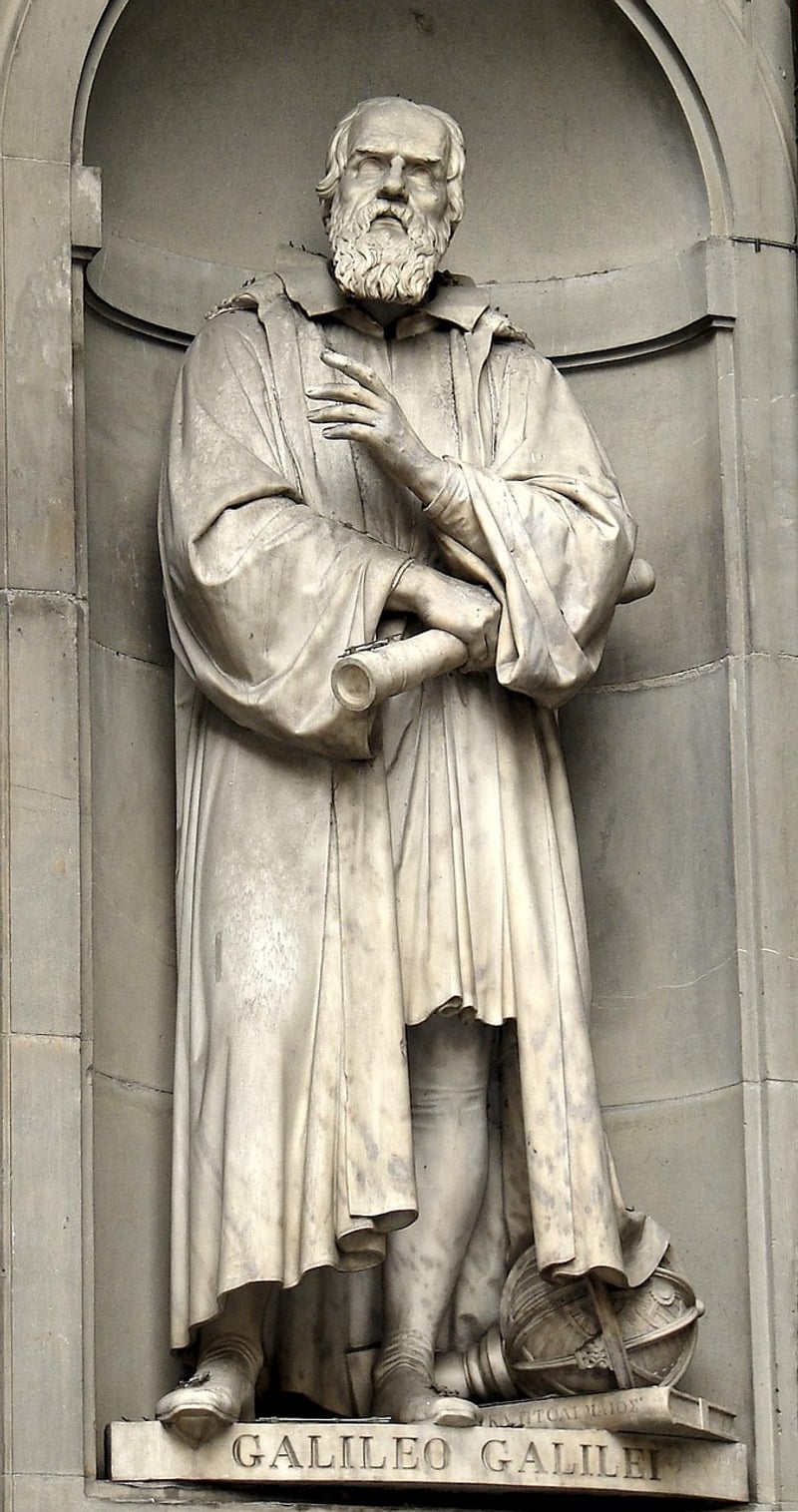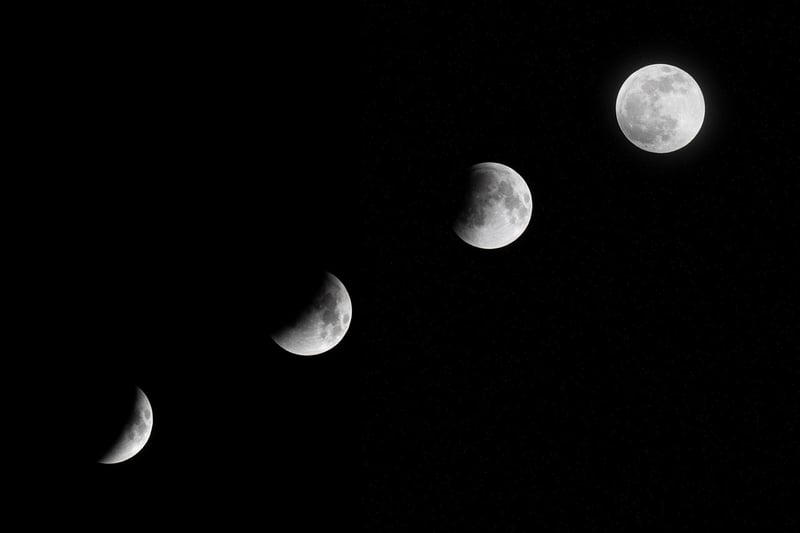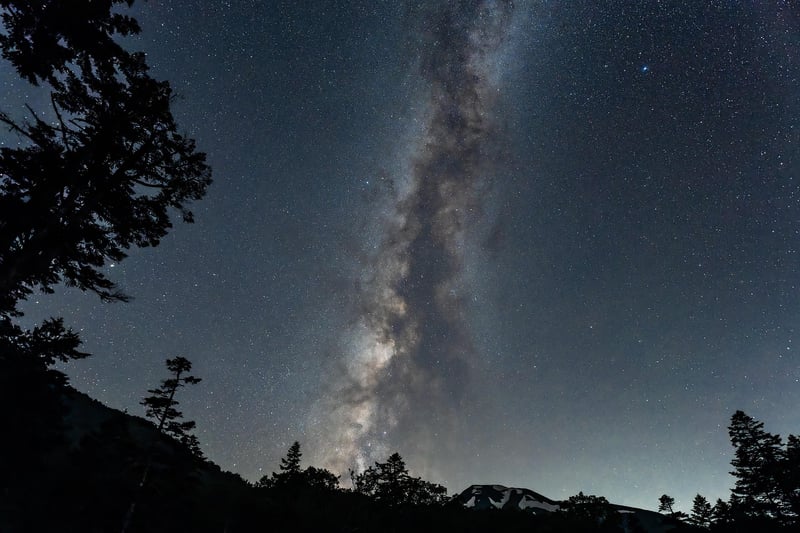Space-Time Exploration
The Fascinating Journey Through Different Eras of Space-Time Exploration
Space-time exploration has been a captivating endeavor that has evolved dramatically over the centuries. Let's embark on a journey through different eras of space-time exploration and discover the remarkable milestones achieved by humanity in understanding the vast cosmos.
Ancient Times: Wonder and Curiosity
In ancient times, civilizations gazed up at the night sky with wonder and curiosity. They developed early astronomical observations to track celestial events and create calendars based on celestial movements. Ancient cultures like the Babylonians, Egyptians, and Greeks laid the foundation for our understanding of the cosmos.

The Renaissance: Advancements in Observation
The Renaissance marked a period of significant advancements in observational astronomy. Pioneers like Galileo Galilei used telescopes to make groundbreaking discoveries, such as the moons of Jupiter and the phases of Venus. Their observations revolutionized our understanding of the solar system.

Modern Era: Space Exploration and Beyond
The modern era of space exploration began with the launch of Sputnik 1 in 1957, marking the start of the space age. Since then, humans have ventured beyond Earth's atmosphere, landing on the Moon, sending probes to distant planets, and launching telescopes that peer into the depths of the universe.

Future Horizons: Interstellar Travel and Beyond
Looking ahead, the future of space-time exploration holds exciting possibilities. Concepts like interstellar travel, space tourism, and the search for extraterrestrial life continue to inspire scientists, engineers, and dreamers worldwide. The quest to unravel the mysteries of the cosmos remains an ongoing adventure.

Embark on this incredible journey through different eras of space-time exploration and be inspired by the boundless wonders of the universe.
For more information on space exploration, visit NASA's official website.
